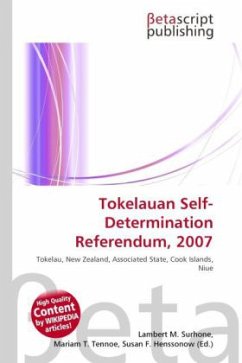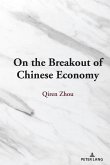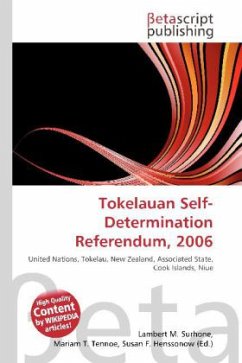This study examines how the American Indian Movement (AIM) was covered by American Indian media during its organizational zenith from 1968-73. The study also investigates the kinds of frames, or interpretations of AIM s motivations, its objectives, and its political condition, that the movement employed to try and garner public support, articulate its issues, and attract followers. This objective is accomplished through qualitative media analysis seeing how these frames and the movement itself are discussed. In order to determine how these frames resonated and were communicated, American Indian Media is compared with mainstream media coverage of AIM. The premise of the work is that the way in which values, symbols, and beliefs are communicated can serve as an impediment to successful social movement mobilization, and inhibit a social movement s larger societal, political and cultural impact. The failure of the American Indian Movement to achieve this kind of impact can be traced to the way in which it articulated a collective identity around which other American Indians could mobilize as well as the kinds of frames that it expressed.
Bitte wählen Sie Ihr Anliegen aus.
Rechnungen
Retourenschein anfordern
Bestellstatus
Storno








